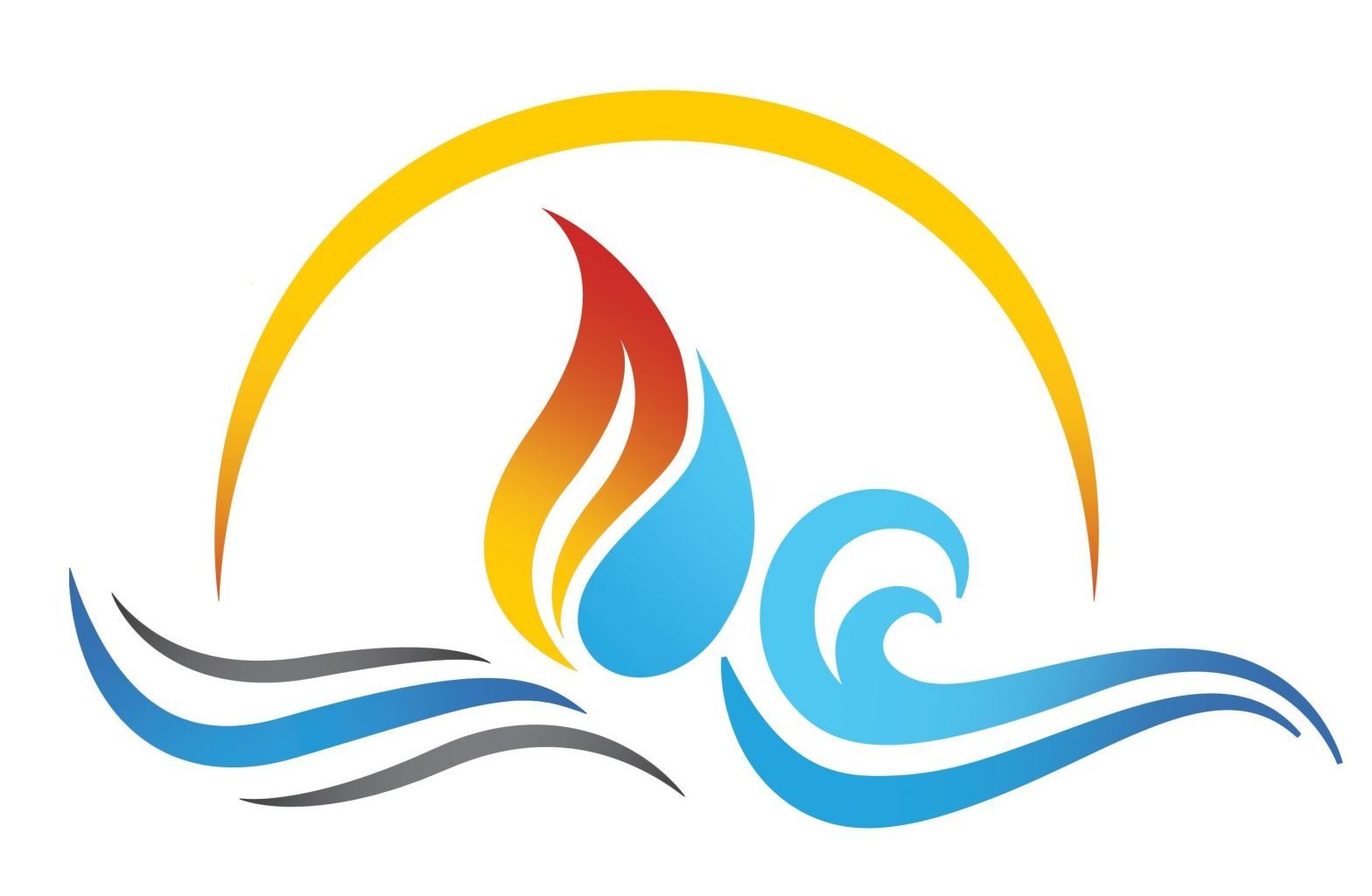A good place to look for Geothermal energy is in the vicinity of plate boundaries. The Earth’s crust is composed of tectonic plates which have been moving for hundreds of millions of years.
The tectonic plates meet at three types of boundary: convergent, divergent and transform.
When they meet at convergent boundaries, one plate is subducted under the other, and the melting of the subducted plate releases significant amounts of fluids to volcanic activity and its associated heat energy.
When plates are spreading apart at divergent boundaries, even more volcanic energy is released as new crustal material is “created”.
In the Atlantic and Pacific Oceans as well as adjacent onshore areas, we have seen all types of plate boundaries with surface expressions like volcanic island arcs and volcanic arcs (onshore). Sometimes these volcanos are active, but often they are extinct with accessible heat at some depth below.
In the middle of some plates we also see hot spots (e.g. Hawaii) or thinner crustal areas where mantle upwelling causes elevated flow of heat energy.
Hundreds of locations have been used for Geothermal Energy developments (incl. California, Iceland, Italy, Turkey, Indonesia, Philippines, and New Zealand), but thousands of locations remain.
Hydrothermal reservoirs are found in sedimentary rock and fractured hard rock. Petrothermal reservoirs are hot dry fractured rock where surface fluids are able to be circulated to capture the heat.
Environmentally sustainable, economic renewable energy is available.


